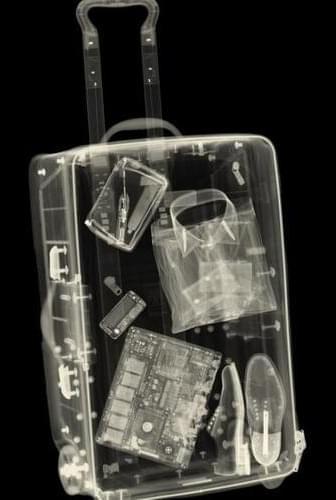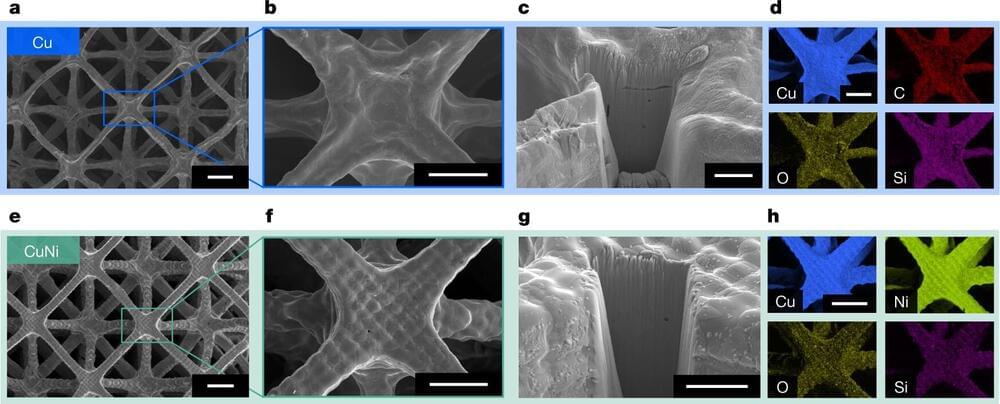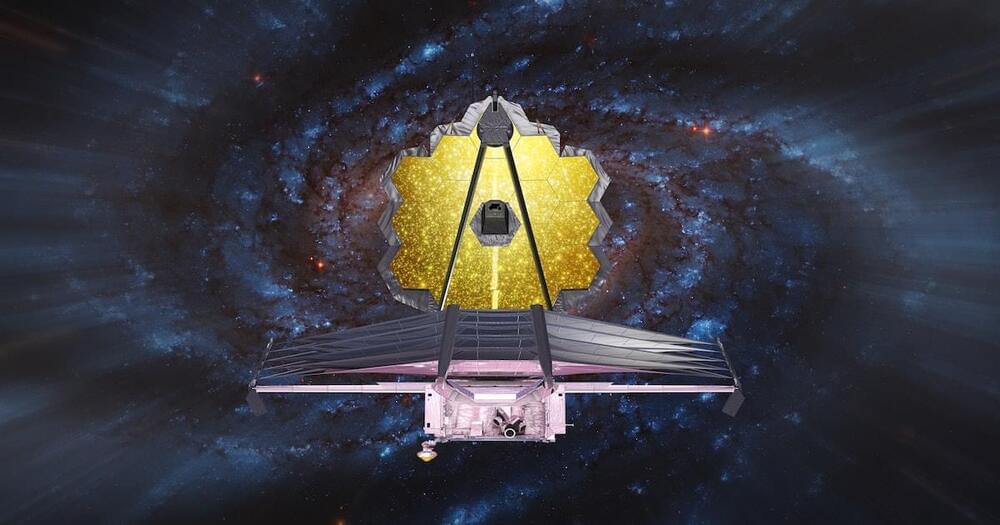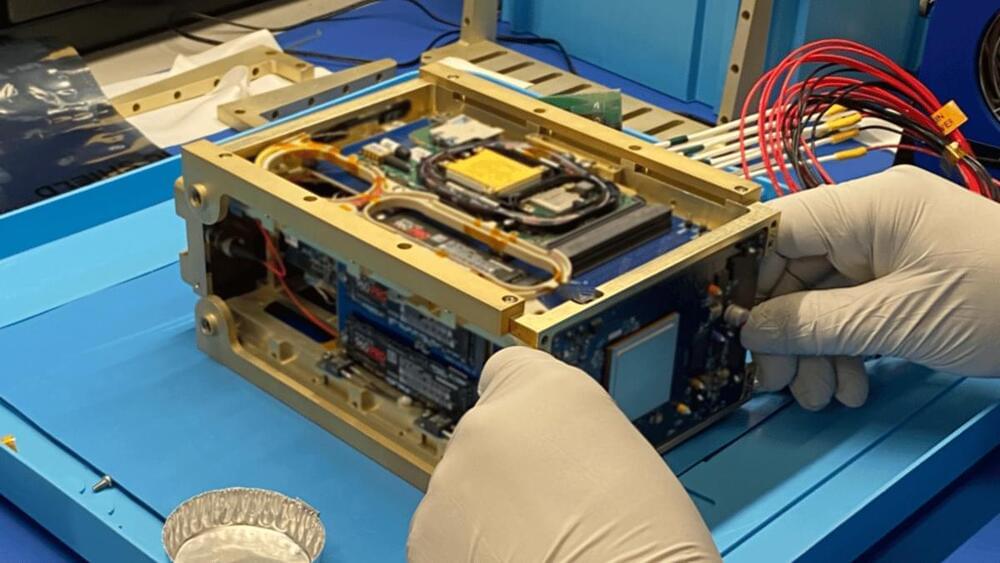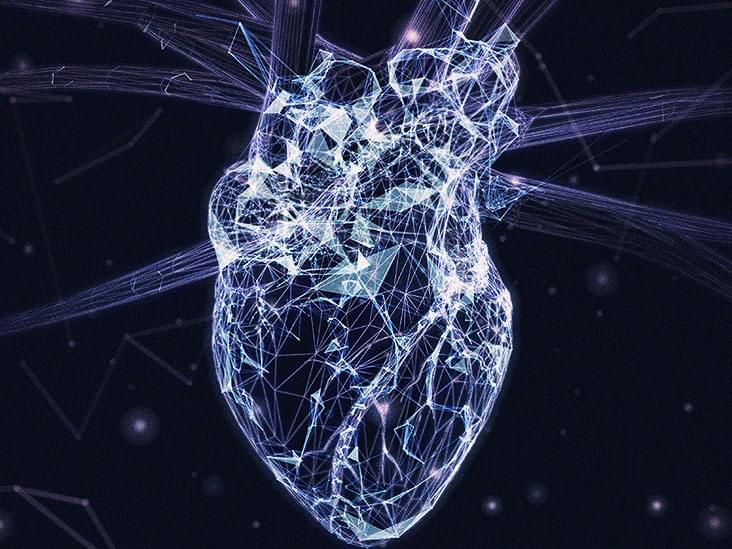Environment, Blue Economy And Putting The Palauan People First — H.E. President Surangel Whipps Jr, Office of the President, Republic of Palau.
H. E. President Surangel S. Whipps, Jr. is the 10th President of the Republic of Palau (https://www.palaugov.pw/executive-branch/president/).
President Whipps was formerly a two-term Senator having served in the 8th and 9th Olbiil Era Kelulau (OEK, Palau National Congress) from 2009 through 2016. His Senate report card maintains his reputable record in policy making to promote and protect the best interests of Palauans, including: conducting more than 100 oversight hearings to promote transparency and accountability in delivery of government services, spearheading the first bill introduced in the 9th OEK that became law to increase the minimum wage since its enactment in 1997, and most recently, balancing Palau’s focus on developing and promoting human resources and fostering their economy, while striking a balance in the protection of the environment, putting the Palauan people first.
Prior to his career in politics, President Whipps had over 30 years of private sector experience managing one of the largest growing companies in Palau. As CEO and president of the Surangel and Sons Company, he led the expansion from a one floor store with 50 employees, to a diversified company employing over six-hundred people.
President Whipps grew up in a family business that started with his parents improvising to sustain their living by opening a restaurant, fishing and selling their catch, taking tourists out to the rock islands and diving, and selling goods out of their house.
